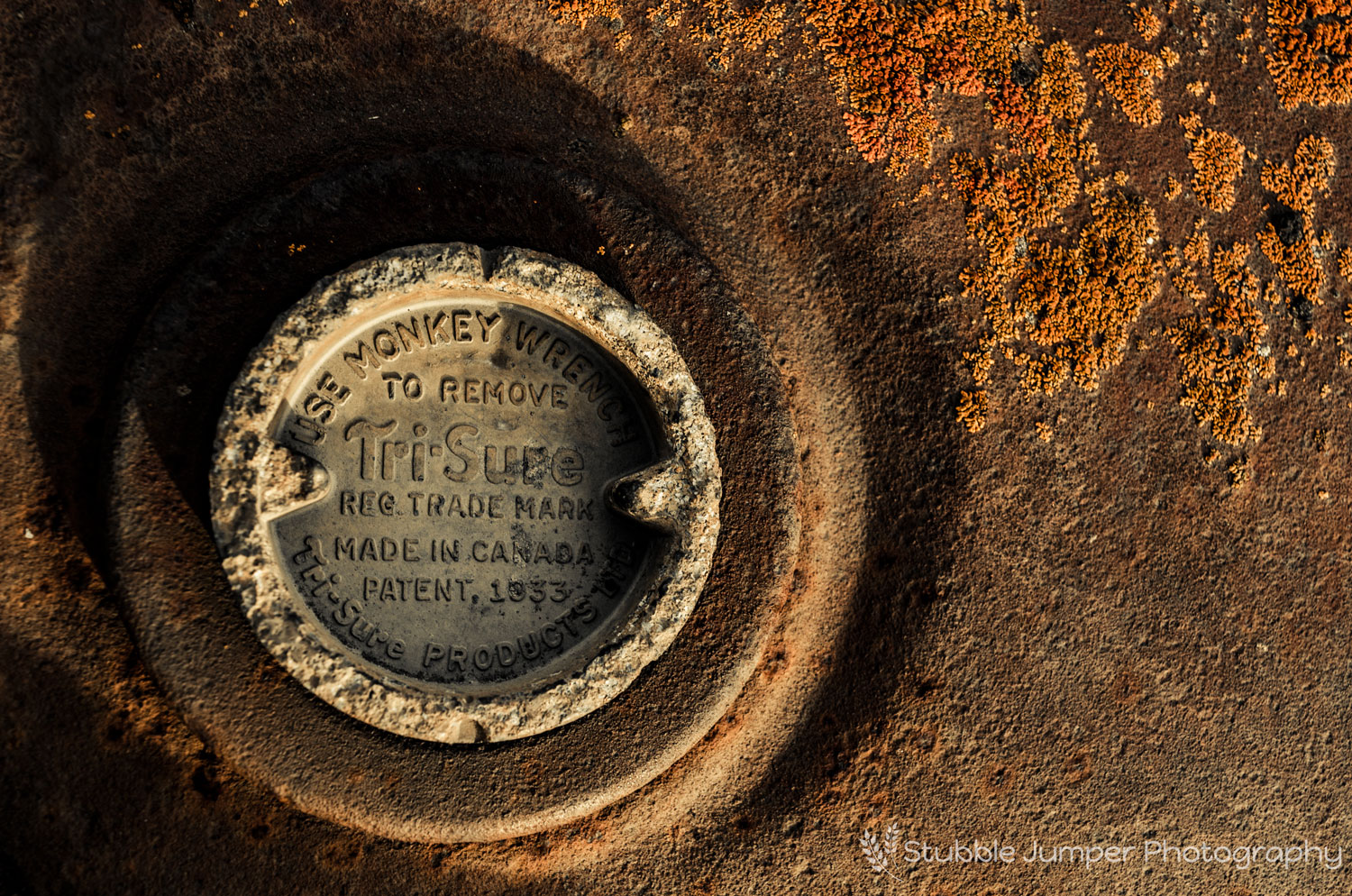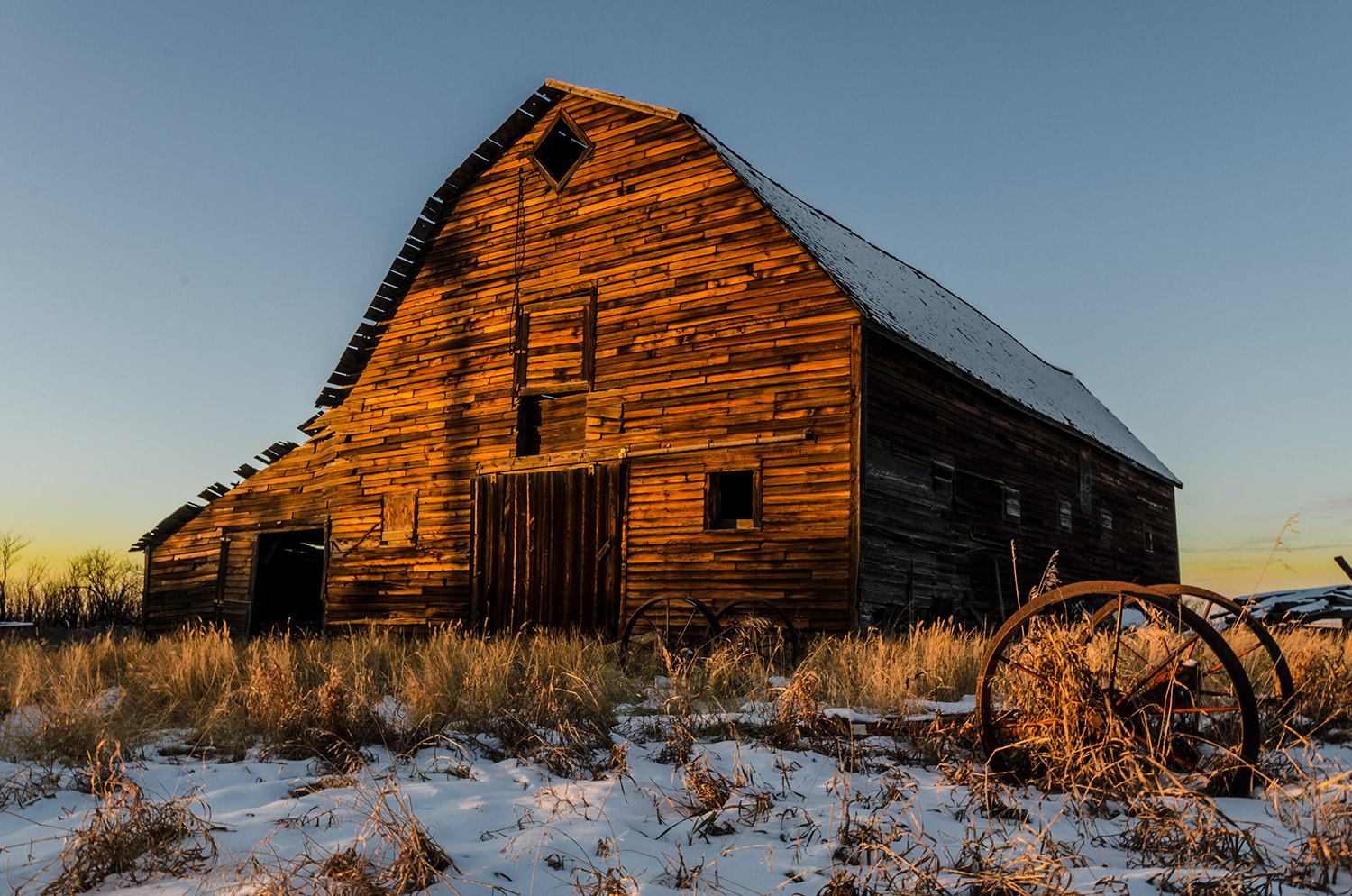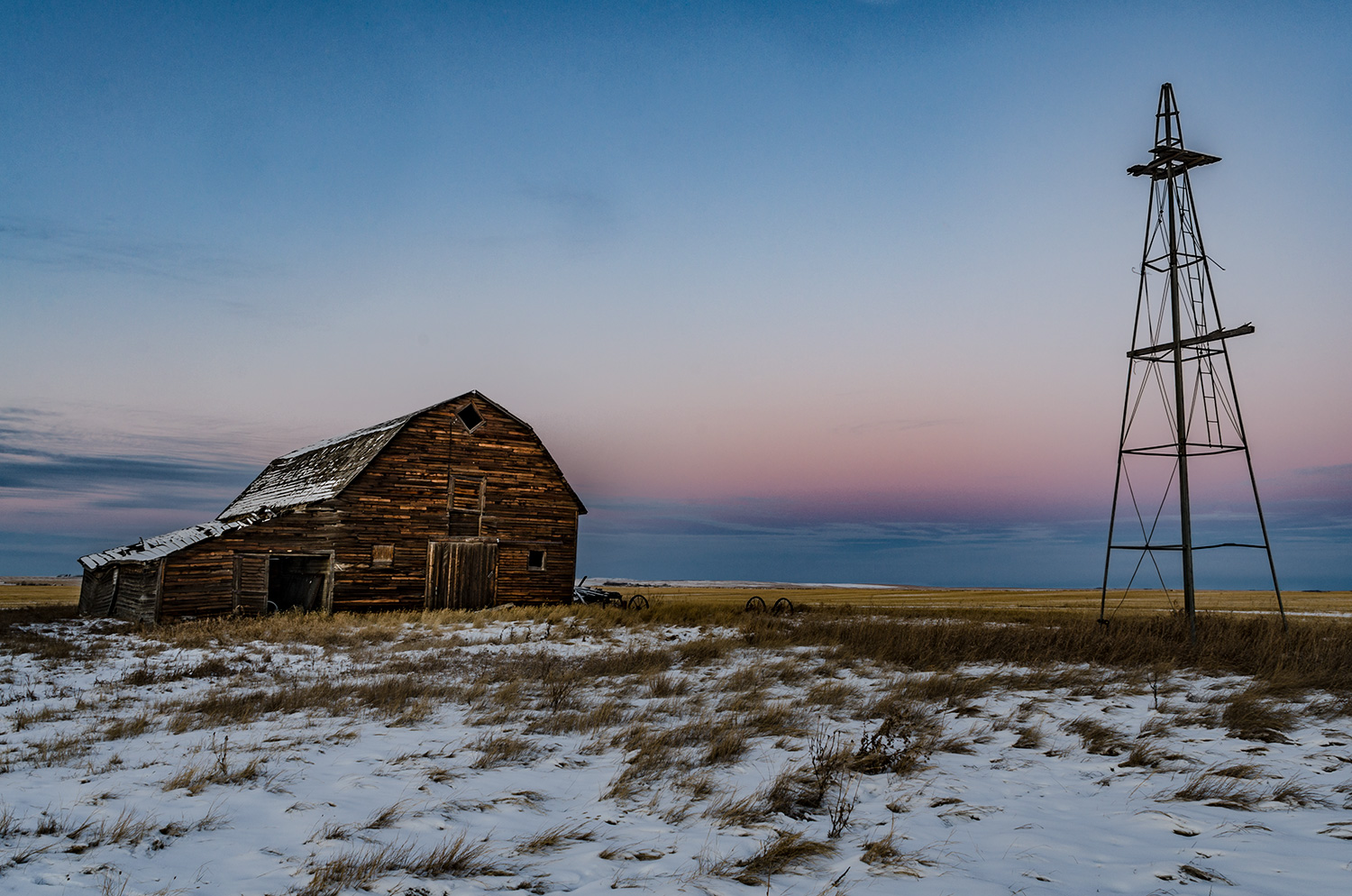Never a large settlement, only ever reaching about 65 residents, Esther has always been known for its community spirit. People would come from far and wide to attend social gatherings, they would lend a helping hand whenever needed, and undertake projects for the betterment of their community. The area saw most of its settlement happen between 1910 and 1915. Esther is named for the first postmaster Yens B. Olsen's daughter, Anna Esther Landreth.
With the onset of the First World War, many were prosperous. 1914-1916 were booming years. Crops were good, wheat was at a premium, roads were built and school districts organized. In 1913 the Municipal District of Canmer was formed. The name was chosen because many of the settlers came from Canada and America. In late 1937 the municipality was disorganized and along with many others became what is now known as 'Special Areas'.
The late 20s and 1930s were some of the worst years the area has ever seen. Dust storms and weeds started to appear. There was drought, hail, and grasshoppers almost every year. In 1932 wheat sold for as low as 19 cents per bushel and cattle as low as 2 cents a pound. Taxes could not be paid and people were leaving in large numbers, reverting their land to the municipality. Those who stayed were able to purchase this land, often for the cost of taxes owed on it.
In 1932 the Alberta Government awarded Canmer Municipality a relief contract to build nine miles of Highway 9 north of Oyen. This helped some make it through the winter, but the Alberta government deemed it too costly of a way for providing relief. This, in turn, brought about a direct relief program where a family of three would receive $8 a month for groceries, $15 a year for clothing, as well as coal and extra vegetables when needed. This continued until the start of World War II when work became available again.
The Second World War saw the mechanization of farms intensify. Tractors were replacing horses and combines started appearing in the district. With these machines men were able to work longer hours on their expanding acreage, often into the night.
Esther's only elevator, an Alberta Wheat Pool, was built in 1926 and closed in 1979. It was the third Wheat Pool elevator to be built in the Province and is the last one still standing. Prior to the train coming to Esther farmers made the 14 mile trip to Loverna Saskatchewan to sell their grain. The railroad arrived in Loverna in 1913. Before that Alsask, Saskatchewan was the nearest market town.
Today, many of the original homesteading families have left the area in search of other opportunities. Those who have stayed are farming larger acreage and raising cattle as means to make a living. The owner of the grain elevator and many of the other buildings remaining in Esther has made efforts to secure funding, hoping to preserve these historic structures, but has met with little success.


























































